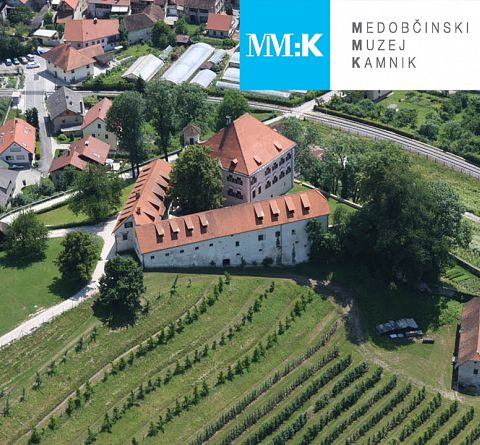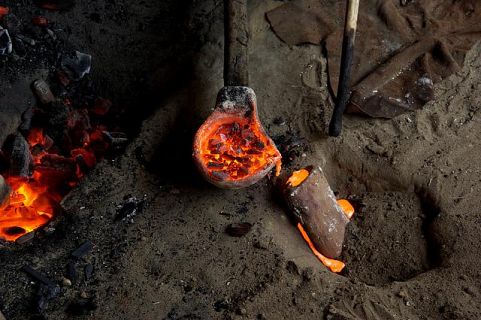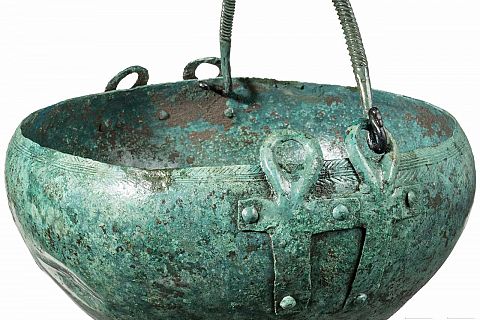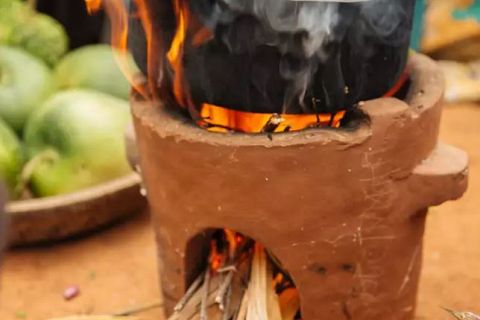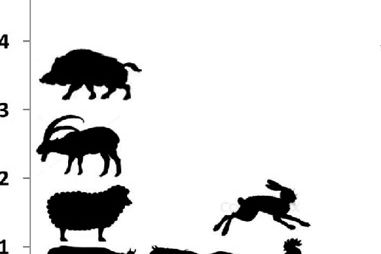Changes in the diet in the Age of Metals
The first Metal Age, the Copper Age (4000 – 2300 BC), occurred after the invention of copper, followed by the Bronze (2300 – 900 BC) and the Iron Age (900 BC until the Roman occupation).
The discovery of practical uses of metals importantly affected cooking by enabling the use of cauldrons and metal pots to prepare stews, meat, grains, and tubers. In addition to that, the spread of the production of ceramics meant that food could be prepared on grills, portable hearths or under baking lid especially at the end of the Bronze Age and in the Iron Age.
The Copper Age communities still led a hunter-gatherer lifestyle, but were moving more and more towards agriculture, livestock farming and smithery. Livestock (pigs, cattle, less often small ruminants) provided milk, meat and fat for them. Animal species they hunted that were found in archaeological remains were most frequently deer, roes, wild boars and more rarely badgers, foxes, wildcats, beavers, and otters. Occasionally, one can also find remains of dormice and brown bears. They also hunted for birds (ducks, herons etc.) and fish (e. g. carps, catfish, pikes and bass in the Ljubljana Marshes) and collected snails since they were considered a delicacy, especially in Antiquity. Their nourishment is likely to have consisted of animals that have already gone extinct in this area, such as moose, aurochs and wisents, remains of which can still be found here.
Sources: Črešnar, M. et al. (ur.), Rastline, živali, ljudje skozi tisočletja, Ljubljana, Graz 2019; Đukič, A., Okusimo železno dobo. Halštatska kulinarična delavnica in recepti, Ljubljana 2019.



